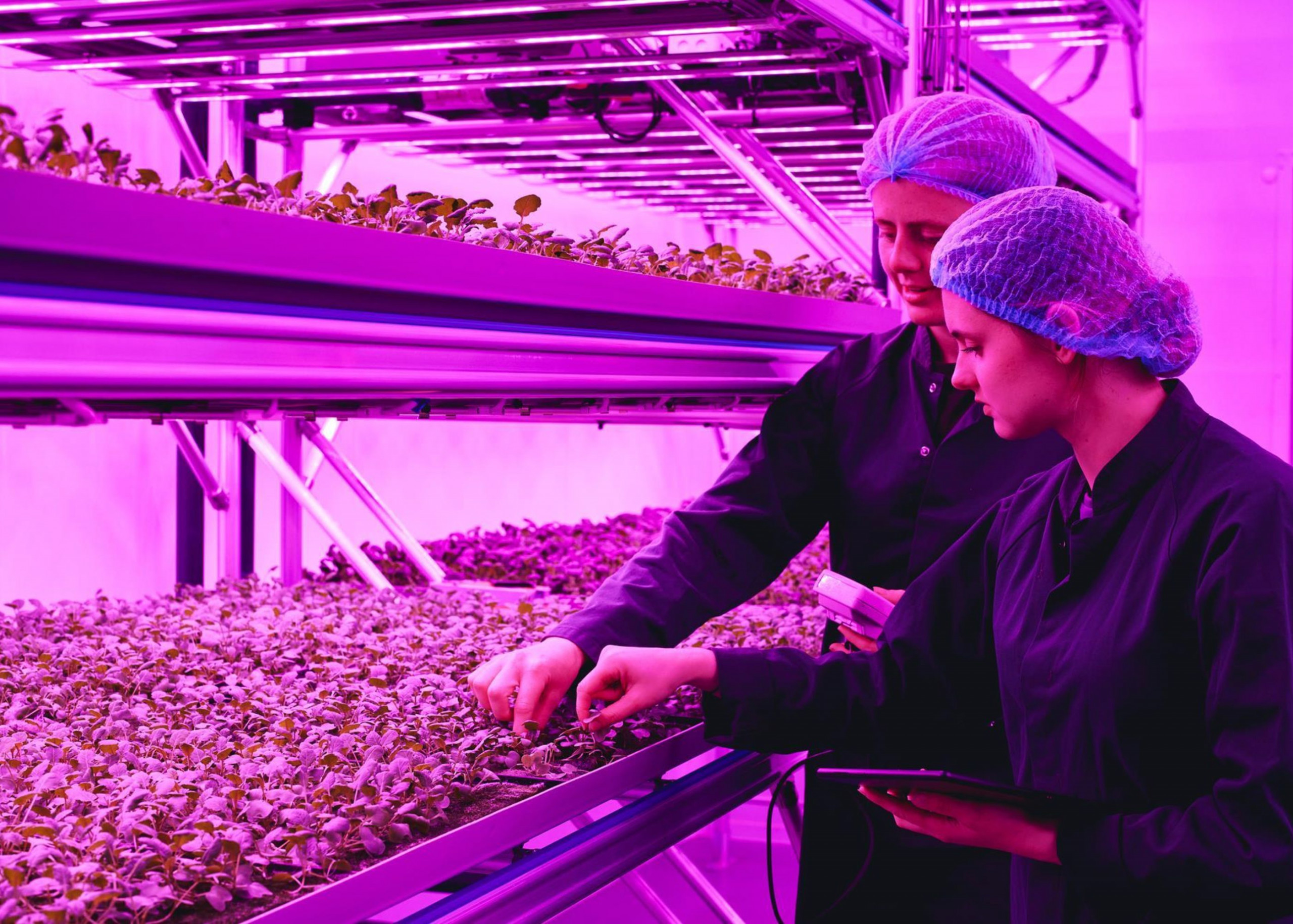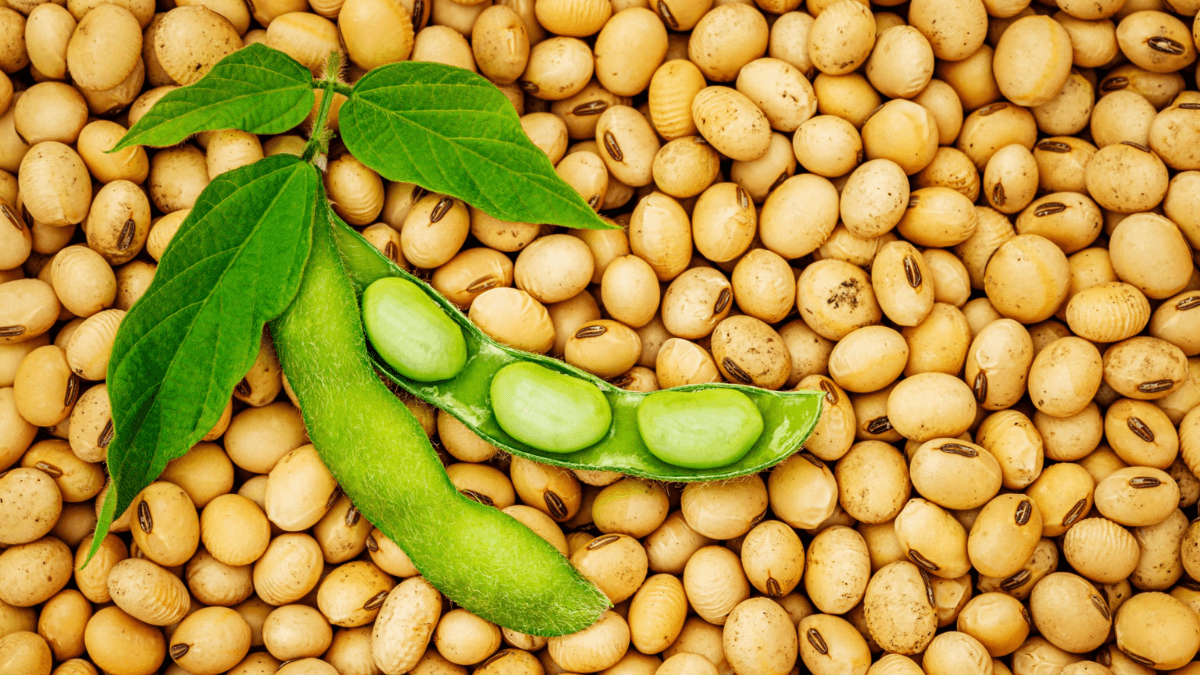News in brief:
– India has introduced two genome-edited rice varieties to conserve water and reduce emissions.
– The government aims to use these innovations to enhance food security and promote sustainable agriculture across the country.
India has announced the development of two new genome-edited rice varieties, DRR Rice 100 (Kamla) and Pusa DST Rice 1. This development marks a significant advancement in agricultural research within the country.
Union Agriculture and Farmers Welfare Minister Shri Shivraj Singh Chouhan made this revelation at an event in New Delhi attended by scientists and farmers.
Scientists used CRISPR-Cas-based genome-editing technology, which aims to enhance rice production and improve environmental sustainability.
According to the Indian Council of Agricultural Research (ICAR), the new strains offer potential benefits such as increased yields (up to 19%), a reduction in greenhouse gas emissions (around 20%), and significant water savings through reduced irrigation needs. Additionally, they exhibit improved tolerance to drought, salinity, and other climate-related stresses.
DRR Rice 100 (Kamla), developed from the Samba Mahsuri variety, matures earlier, potentially saving water and fertilisers while reducing methane emissions. Pusa DST Rice 1, derived from MTU 1010, has shown the potential for increased yields in saline and alkaline soils. These varieties are intended for cultivation across various rice-growing regions in India.
Minister Chouhan highlighted the government’s focus on modern agricultural techniques and the role of these innovations in achieving food security and promoting sustainable farming practices.
He also emphasised the importance of collaborative efforts between scientists and farmers to translate research into tangible benefits on the ground. The development aligns with India’s broader agricultural goals, including increasing the production of pulses and oilseeds through optimised land use.



